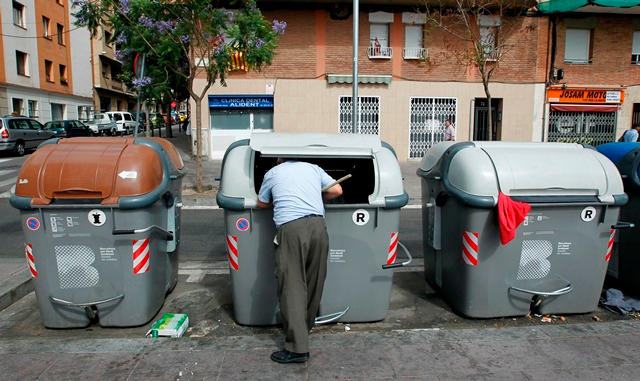In a smart city, the impact of technology extends to all areas of life. It goes beyond governance to lower costs, improve productivity, increase revenue and improve citizen benefits. All this is thanks to the internet of things (IoT), which enables objects to collect and exchange data as a result of embedded software, sensors and internet connectivity.
But what tangible benefits can people expect? While offices will increasingly enable remote working over the cloud, educators will be able to expand learning with new resources that engage students better, says Rabih Dabbousi, General Manager, UAE, of networking firm Cisco. These are just two ways technology is smartening up, so to speak, and more will be on show next month, when Cisco hosts its annual IoT World Forum at the Dubai World Trade Centre from December 6 to 8.
Below, Dabbousi elaborates on some of the benefits that urban residents can expect.
1. Citywide Wi-Fi
Wi-Fi serves as the foundation for creating a connected city, allowing for a confluence of data from static sensors, connected objects and people. This data can inform city processes, and regulate and improve the delivery of urban services. Such solutions can also help with public safety by accelerating incident detection and triggering real-time cross-service collaboration.
Dubai telecom provider du is the Smart City Official Wi-Fi Provider. Du’s Wi-Fi coverage in the city’s public areas provide seamless connectivity, with a common login and portal, serving customers of all telecom operators in the UAE. In the city of Hamburg, Germany, city WI-Fi is enabling traffic congestion management and automated water metering resulting in greener and more efficient city infrastructure management.
2. Smart lighting
Electric street lights are essential to a municipal environment. They affect residents’ sense of safety and place while influencing a city’s ability to create an inviting environment for business and tourism.
But they are a major energy draw too. Smart solutions step in with powerful light-sensory networks, which can gather a wide variety of data from the environment, including levels of humidity, oxygen and carbon dioxide, ultraviolet light. This data supports many city services.
The Born District of Barcelona uses smart street lighting sensors, where light poles detect moving objects in the street and adjust light levels accordingly, saving energy in the process.
3. Transport
Connected transportation solutions help operators improve safety, mobility, efficiency, and passenger experience at stations and en route by consolidating separate networks into a single IP network. For operators, such a system allows everyone involved in incident response to communicate directly.
The Dubai Metro is a global benchmark, being the first fully automated, driverless rail system. The world’s longest driverless track covering 75 kilometres provides a connected system that sends and receives data via its own fibre-optic cabling. Salik, another smart initiative implemented by the RTA, allows drivers to pay toll fees at electronic gates.
4. Smart parking
Thirty per cent of all traffic congestion in urban areas is caused by insufficient parking space. Smart solutions offer drivers real-time information about available parking, improving the driving and parking experience.
Two hundred wireless devices and sensors down the length of Boulevard Victor Hugo in Nice, France form a “connected boulevard” that enables a new parking system with traffic detectors and Wi-Fi access points. A mobile app enables drivers to find and pay for parking and provides real-time information on public transportation and bike or car share, reducing traffic congestion by 30 per cent.
5. Waste management
Installing sensors in street waste containers allows them to signal when they are full or are emitting odours beyond a set threshold, optimising collection routes on demand as required, rather than by a fixed schedule. Not only do waste pick-up services become more efficient with decreased use of city resources and lower costs by up to 30 per cent but truck air and noise pollution also drop.
Barcelona’s smart waste management programme found a potential 10 per cent saving. In Dubai, such a solution would also improve public health in a city where temperatures reach above 45 degrees Celsius.
6. Health care
Smart solutions can integrate multiple health-care technology components through a common user interface to provide secure care and consultation at a distance. Such a mechanism optimises health-care delivery so a greater number of patients can avail of services.
In the Jordan Healthcare Initiative, a telehealth pilot linked two far-flung rural facilities, the Al-Mafraq and Queen Rania government hospitals, to Prince Hamzah Hospital in the capital, where specialists could see and consult with patients and local providers as if they were face-to-face, while instantly accessing critical patient data.











